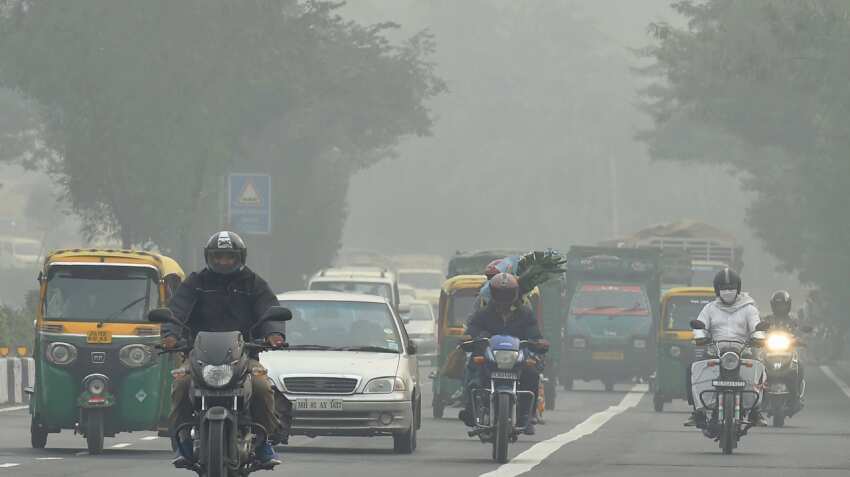Air pollution: 20 cities in top 30 list in India; Gwalior worst, Kanpur follows, says WHO
The latest ranking by WHO of cities based on ambient air quality lists eight Indian metropolises among the top 10 most polluted. Furthermore, India dominates the top 30 list with 20 cities. Gwalior in Madhya Pradesh comes on top of places hard to breathe in, followed by Kanpur, Faridabad and Allahabad.

The latest ranking by WHO of cities based on ambient air quality lists eight Indian metropolises among the top 10 most polluted. Furthermore, India dominates the top 30 list with 20 cities. Gwalior in Madhya Pradesh comes on top of places hard to breathe in, followed by Kanpur, Faridabad and Allahabad. Varanasi ranks sixth, while Gaya, Patna, Raipur and New Delhi follow. Muzaffarpur comes in at 14.
The report also reveals an alarming death toll of 7 million people every year caused by ambient (outdoor) and household air pollution. “Air pollution alone caused 4.2 million deaths in 2016. The highest air pollution levels are in the Eastern Mediterranean Region and in South-East Asia, with annual mean levels often exceeding more than 5 times WHO limits,” the report adds.
Late last year, Greenpeace India, as part of its Airpocalypse-II Report, had compiled data from 280 cities across the country. The data highlighted that more than 80 per cent of our cities had pollution levels beyond National Ambient Air Quality (NAAQ) set up by the Central Pollution Control Board (CPCB).
Watch this Zee Business video here:
Interestingly in 2016, the WHO report contained data for only 32 Indian cities. This is despite the Central Pollution Control Board and State Pollution Control Boards monitoring air quality data for 300 cities across the country. Experts have cited this as lack of readily available data in the public domain.
The Ministry of Environment and Forest has identified 100 non-attainment cities under the National Clean Air Programme (NCAP). However, NCAP missed three cities highlighted in the WHO report — Gaya, Patna and Muzzaffarpur. “The WHO report clearly underplays the situation by mixing up data from many years,” Sunil Dahiya, senior campaigner for Greenpeace India, said. “In reality, the situation in India is much worse. It’s imperative that the NCAP has clear targets for pollution reduction and interim milestones.”
By Jayadev Calamur, DNA India
Get Latest Business News, Stock Market Updates and Videos; Check your tax outgo through Income Tax Calculator and save money through our Personal Finance coverage. Check Business Breaking News Live on Zee Business Twitter and Facebook. Subscribe on YouTube.
09:31 AM IST












 Mpox Outbreak News: World Health Organization (WHO) declares global emergency; here is what its 'public health emergency of international concern' means
Mpox Outbreak News: World Health Organization (WHO) declares global emergency; here is what its 'public health emergency of international concern' means  WHO likely to issue wider alert on contaminated Johnson & Johnson cough syrup
WHO likely to issue wider alert on contaminated Johnson & Johnson cough syrup World Health Day: What is ailing Indians, and the progress made so far
World Health Day: What is ailing Indians, and the progress made so far 760 new Covid-19 infections in India, two deaths
760 new Covid-19 infections in India, two deaths Number of new Covid cases increased 52% globally in past one month: WHO
Number of new Covid cases increased 52% globally in past one month: WHO